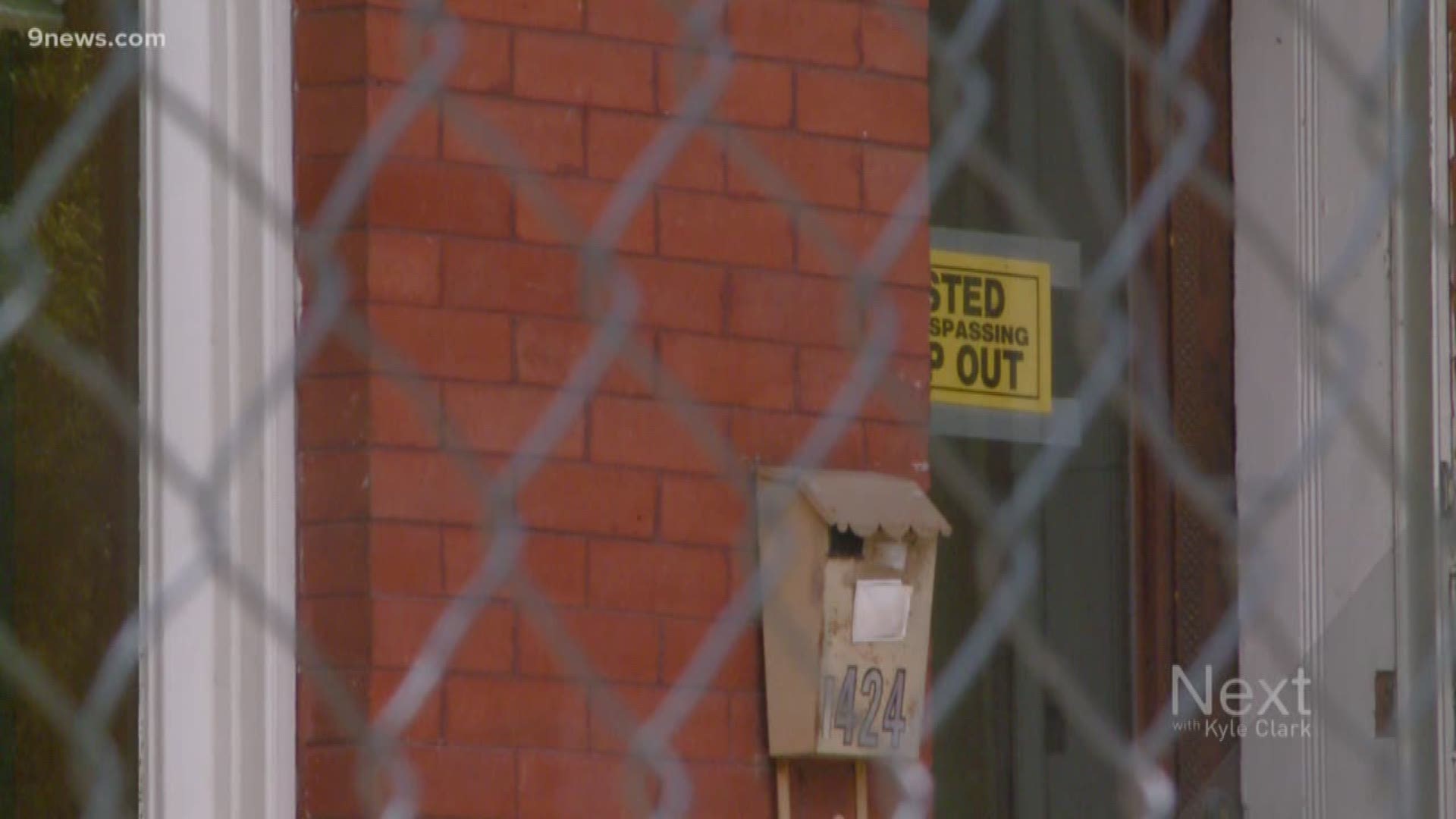DENVER — The construction around Denver and other cities in Colorado is hard to miss. New homes, new office buildings and new apartments are springing up, and in many places across the state, builders and developers are dealing with a special kind of soil that buyers might want to pay attention to.
We talked to several experts about "expansive soil," and how it can damage buildings.
1.) What is expansive soil and how common is it in Colorado?
Engineers say when dried soil absorbs water, it behaves like a marshmallow in a microwave. It expands.
Todd Johnson, president of Terra Forma Solutions, said it can move a home or commercial building anywhere from 6 to 18 inches if the soil isn't treated properly.
Johnson said the most common culprit is a constant source of water, whether that's from a leaky hose or drain spout releasing near a home's foundation, to name a few potential sources of problems. The soil can then expand and push up against the home or building and force it to move.
"A lot of times you would see that cycle occur over ten years," said Johnson. "That's why, a lot of times, you have 10-year warranties on your foundation."
Edward Fronapfel, the President of SBSA, an engineering and architectural firm, said expansive soil is found along the Front Range, Western Slope, Grand Junction, and Durango.
Johnson estimates 75-80% of construction projects along the Front Range deal with expansive soil.
2.) Which homes could be impacted?
While the soil condition is not new, engineers, builders and developers have worked on perfecting their technique to treat the soil over the years, so that homes and new construction aren't damaged.
Johnson's rough rule of thumb is that soil underneath homes built before the 1980s wouldn't have received this kind of treatment. He did say that if owners didn't see any movement in the first five to 10 years, the likelihood of that happening later decreases, unless a lot of water was introduced onto the property.
Techniques to fix the soil started to really take off closer to the 1990s, and since then, Johnson said issues with expansive soil have gone down.
With new construction, that could vary.
"[You're] getting into areas that have not been developed before. The material’s never been treated. It’s never seen pressures like it would with putting construction, roadways, or utilities or homes on it," Johnson said.
3.) How is this soil treated?
Experts we talked to said builders and developers are proactive about this issue, since it is so common in Colorado. Johnson said it's more common than other states.
There are a couple of options to treat the soil. That includes mixing the soil with water so that it expands, and then building on top of it so that the house wouldn't move as much. If the home did move, it would be less than what would happen if the soil went untreated.
Builders and developers could also completely remove the soil and replace it.
They can also dig deep, as far as 40 feet, to build the foundation to mitigate how much the building or home could move.
4.) What is the cost?
Eric Holt, a professor with the University of Denver, said on average it can add $20,000 to a plot for developers. Holt said that cost is folded into the overall prices of the building or home.
Fronapfel, with SBSA, said it can add anywhere from $5,000 to $40,000 depending on the home.
5.) Does it impact home prices?
Holt said treating expansive soil does get added into construction costs and the overall home or building cost.
However, when it comes to buying, Matt Leprino with the Colorado Association of Realtors said expansive soil is so common in Colorado that it's considered the cost of doing business. He hasn't seen it be treated as a major cost factor along the Front Range but said that could be different in rural parts of the state.
As for apartments, Leprino said the cost would be spread out so thinly it would be rare that a customer would notice it. He also said whether or not a home was built on expansive soil is not a consideration when pricing a home for the market.
6.) What can buyers do?
Fronapfel said there are three important questions to get answers too:
- What was the depth of the soil testing?
- How how much the soil swell up by?
- What is the pressure of when the soil expands?
By law, homeowners are supposed to receive what's called the "special publication 43," or SP-43, 14 days before closing. The report goes over soil conditions. Buyers can also receive a summary of a geotechnical report but people can ask to see the full report.
SUGGESTED VIDEOS: Next with Kyle Clark

